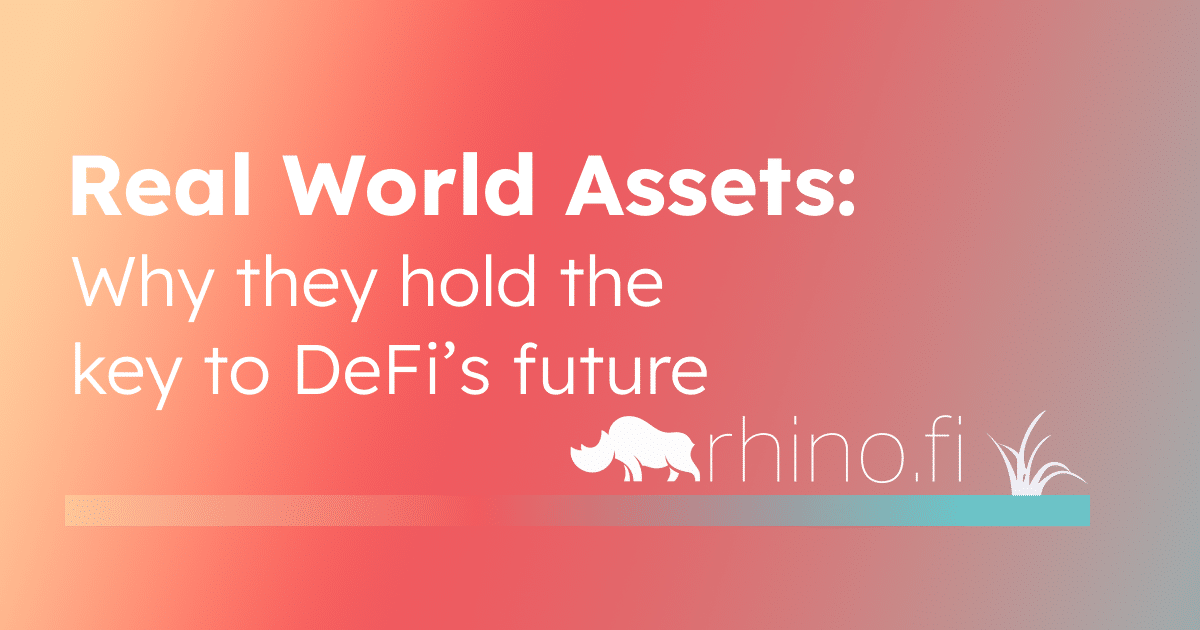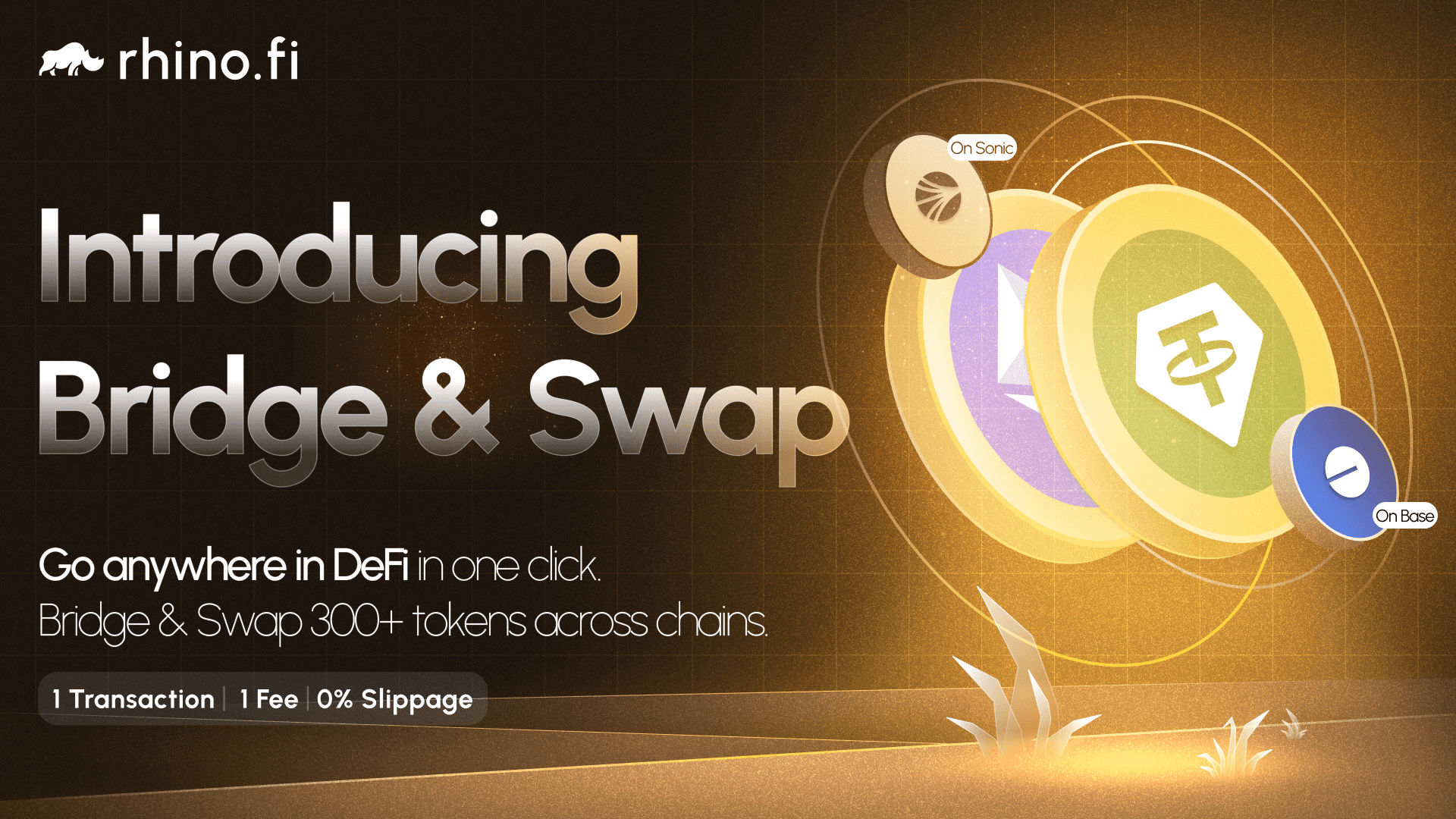Imagine DeFi and TradFi as two railroad crews building a track from opposite ends.
Each day we smash, clang and blast a little closer together. And real world assets (RWAs) are the point we’ll meet.
On one hand, we’re seeing conventional banks automating their Forex markets using decentralised protocols to remove the hassle of cross-border payments, and institutions like JP Morgan Chase trading tokenised bonds on Polygon.
And on the other, we’re seeing DeFi projects introduce collateralised versions of everything from gold to agricultural yields (as we covered in the last newsletter, of course).
This is great news for people around the world who don’t have access to traditional finance. It means that no matter where you are based in the world, you can begin to access investment opportunities without needless red tape, lack of transparency and the knowledge gap that prevents only the truly committed from pursuing financial possibilities.
And it’s great news for DeFi, too. And not just because the conventional asset market is about 60 times bigger than its digital counterpart.
Because the bedrock of RWAs will stop the speculative bubbles that drain confidence in DeFi and crypto as a whole.
Right now, if you ask a typical old-school finance guy why they don’t trust crypto, they’ll probably reply with a question: What’s it based on?
And it’s a fair response, to be honest.
We’ve developed amazing infrastructure that lowers barriers to entry and reduces friction when investing and managing your assets. At rhino.fi, we like to think we’ve led the way by building a DeFi aggregator that abstracts away the problems of multi-chain.
But this infrastructure only works with digital assets. Over the last few years, the most popular assets to emerge from crypto have been DeFi governance tokens, meme coins, and variations thereof.
Since they aren’t tied to the real economy, these assets are not stable, and their value is largely determined by speculation. This means that they can go up in value fast, but can also crash hard when sentiment changes.
Stablecoins, as their name suggests, have attempted to solve this issue by pegging themselves to real-world currencies. And they’ve succeeded, up to a point. But even here, we’ve seen a number of issues, notably the depeg of UST that kicked off the crypto winter.
Now compare this to RWAs.
Currencies are (in theory at least) backed by the wealth of the nation that issues them, so they rise and fall with their underlying economies. Equity prices are determined by the financial performance of the companies concerned, and their wider industry. Commodities rise and fall with supply and demand, which in turn is influenced by a range of factors including geopolitical conflicts, energy policies, storage issues and the time of year.
These assets can still be volatile, but their value is inherently tied to the world we live in, which places a significant handbrake on speculation.
This is why DeFi needs to embrace RWAs. By representing real assets digitally, we empower the existing DeFi infrastructure to manage the things that everyone already trades, uses, and relies on everyday. Like stocks and shares, copper and zinc, corporate bonds and U.S. treasuries. Assets whose value is established, and generally stable.
DeFi is only as useful as the assets used inside it, and RWAs will mean it can be used with the most useful assets in existence.
And ultimately we think the adoption of RWAs will become commonplace, because both sides want this to happen.
The old-world lenders and finance houses know that crypto and DeFi has the potential to render their technology obsolete. People don’t want to be paying fees to a faceless middleman or facing unnecessary snags when they move money around. We’re living in an age of radical transparency, and blockchain is at the tip of the zeitgeist.
For DeFi, on the other hand, this is a chance to debunk all the tired old myths and misgivings people hold. By strapping our emerging multi-chain technology to real-world assets, we get to give old-worldy folks the best bits of both worlds, ancient and modern. They get speed, visibility, rule of code and price reassurance.
To go back to that railroad analogy at the top, the two railroad crews are blasting through the final mountain right now, laying the tunnel where the two sides will converge.
And when the service opens, no-one will want to go anywhere else.





